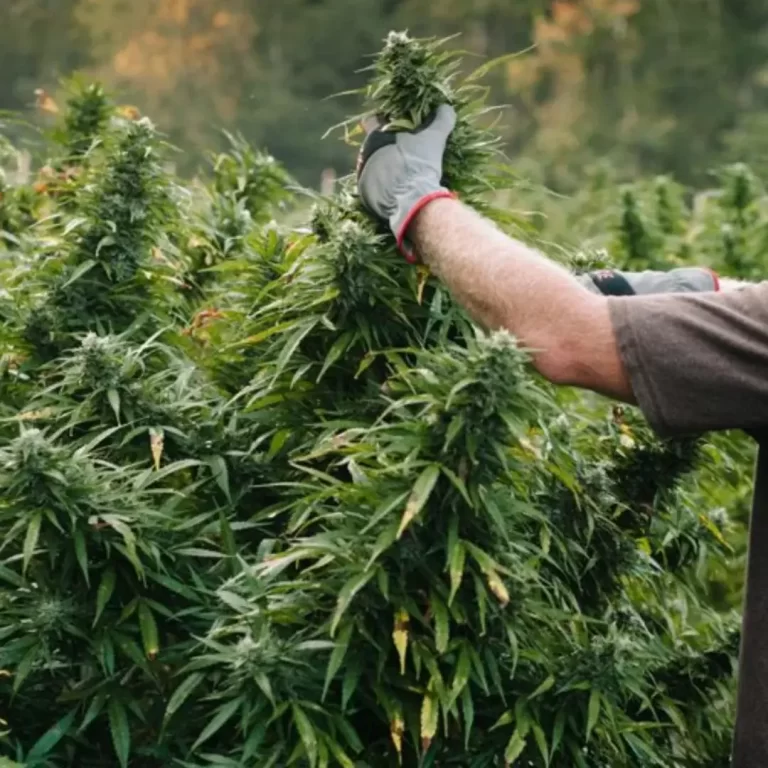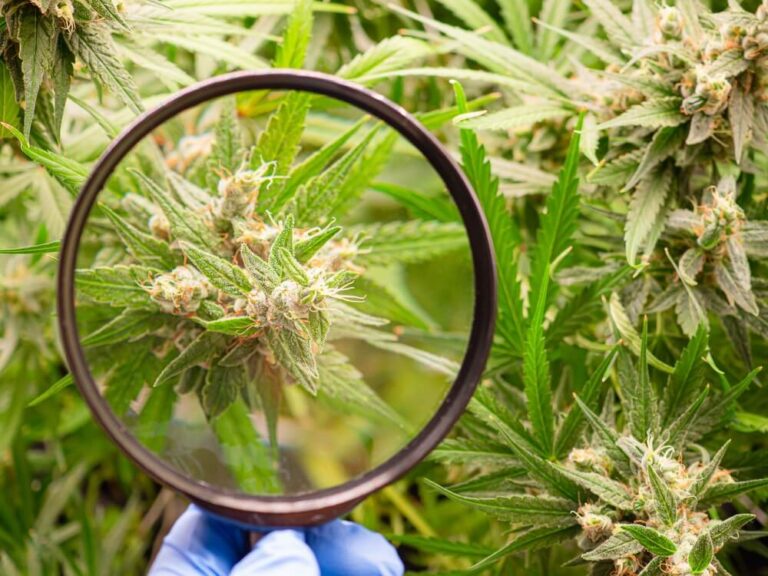
A Deeper Dive: Federal Cannabis Testing Mandates and Nationwide Transportation Issues
- Cannabis News
- Cannabutter Digest
One of the reasons for the current supply chain problems is simple: there is a shortage of truckers to deliver goods. As it happens, a contributing factor to that shortage is drivers who are now prohibited from driving due to a failure to pass a drug test.
Over 72,000 drivers have been taken off the road due to failing a drug test since January 2020, when a new federal law was enacted. The law requires trucking companies to record all the dirty tests of their drivers in the Drug and Alcohol Clearinghouse, created two years ago as part of a law to increase the safety on American highways. Before the Clearinghouse, drivers who tested dirty would switch to a different company and not tell them about their drug test failure. But now, the Drug and Alcohol Clearinghouse is the “master list” of all drug test failures for all trucking companies.
More than 72,000 drivers have been prohibited from driving due to a failed drug test. About 56 percent of those failed tests are due to marijuana. Federal law restricts truck drivers who test positive for cannabis from driving until they pass a “return to duty” program, but most drivers who tested positive are not signing up for the program.
Recreational Marijuana Use Growing in the U.S.
There are now 18 states that have legalized recreational marijuana laws, and those states have over half the U.S. population combined. There will be more states that legalize cannabis, and the fact is many people enjoy marijuana. But the problem is that marijuana is illegal at the federal level. What’s more, the American Trucking Associations estimate that we will need 110,000 new drivers per year for the next ten years, and there is already a shortage of 80,000 drivers. Anything that makes driving the big rigs unattractive may hurt our ability to attract people to driving and, therefore, economic growth. Virtually everything sold in every store in the country is delivered over the “last mile” by a truck.
The thing that makes marijuana problematic for drug testing is that it can last for a month in a regular smoker’s urine. The current tests only test for traces of cannabis in the smoker’s system, not whether they have smoked recently and are feeling the effects of being high. This imprecision may discourage people from becoming drivers.
Truck drivers can make between $70,000 and $100,000 a year, and they can get as much as $15,000 as a signing bonus when they switch jobs. Education levels have little bearing on getting hired, so it is a good job for working-class people. It is not always an easy or even comfortable job – long-distance drivers can be away for their families for weeks, and the truck cabs are quite small – but there is always a lot of work out there. Especially now.
How do we tackle the drug test issue in a way that will allow for adequate trucker recruitment but still protect safety on American highways? It seems unlikely that the federal government will make marijuana legal – the Feds classify cannabis as a Schedule 1 drug, the harshest classification. Many conservative national politicians are appalled at state legalization trends and won’t want to mirror those trends at a federal level. Changing the Drug and Alcohol Clearinghouse not to mandate marijuana testing is problematic, mainly because so many drug test failures result from marijuana use.
However, some private companies wish to develop a more flexible system that promotes both trucker recruitment and highway safety. Amazon, whose entire business is dependent on having enough drivers to move goods around the country, has been changing its cannabis policies internally. The company is in favor of the Drug and Alcohol Clearinghouse law, but it changed its pre-employment policy not to include marijuana testing for most workers. The company has decided it will “no longer include marijuana in our comprehensive drug screening program for any positions not regulated by the Department of Transportation.”
Now the American public has an opportunity to see what effect there will be on a massive company that does not test for marijuana consumption. Will there be safety issues we have not considered yet? How will Amazon manage those, and what compromises may be forthcoming from Amazon’s experiment?
Breath Testing for Marijuana Use
The best strategy is to find a technology or physical test that pinpoints marijuana impairment. A urine test that reveals consumption a month after the driver even smoked marijuana is not adequate for protecting highway safety.
Clinical studies at the University of California San Francisco, marijuana stays on the breath for up to three hours, slightly longer than the period of peak impairment.
According to recent clinical studies by the University of California, San Francisco, marijuana stays in breath for up to three hours. This time frame corresponds with the 2-3 hour window of peak impairment identified by global researchers, such as NHTSA and the European-based Nova Institute. Measuring breath for cannabis smoking will help trucking companies and others balance safety and freedom in states where recreational marijuana is legal. Colorado, one of the first states to legalize, is finding that while driving while impaired by marijuana is not common, it is becoming more common. The state wants to get a handle on detecting it in a driver who is pulled over in traffic because it is crucial for safety on Colorado’s roads.
As other states and agencies develop accurate testing regimes for cannabis consumption, that might help trucking companies recruit drivers to deliver our goods.
Check out the following stories to find the latest cannabis news, recipes, and products from Cannabutter Digest!
Nationwide Trucker Shortage Could Be Due to Marijuana Testing
Massachusetts Marijuana Tax Revenue Now Exceeds Alcohol by Millions
Cannabis Retailer Protection Bill Passes in Washington State






